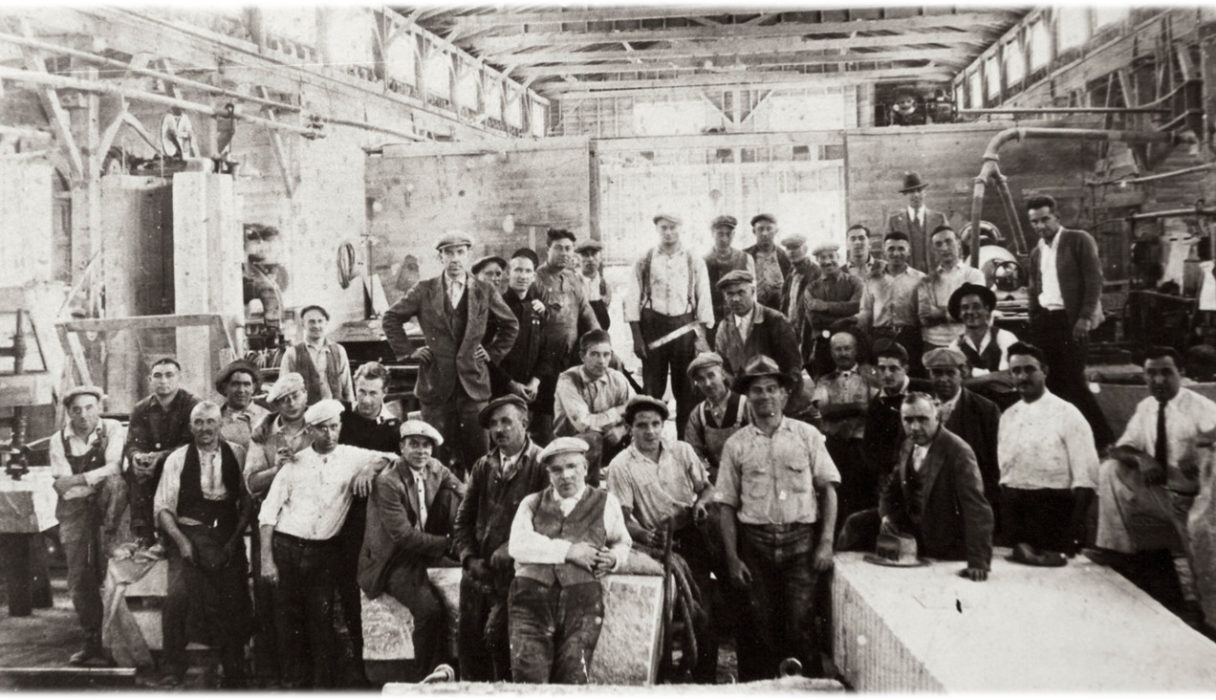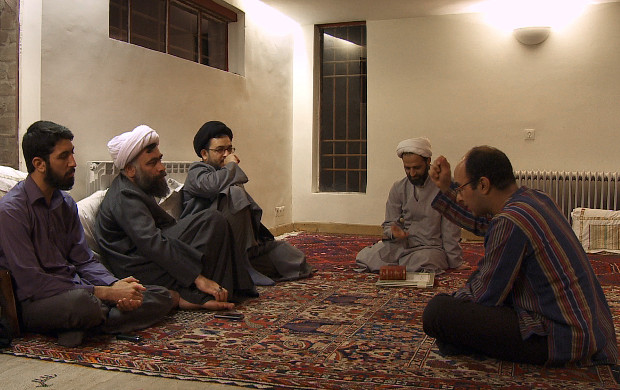THE STONE RIVER
YOUTH AWARD
In the early 20th century, the quarrymen of Carrare crossed the Atlantic to work in the quarries of Barre, Vermont. But it is a later period that interests The Stone River, a film of words “displaced” in much the same way as whole corporations of pauperised Europeans. In the 1930s, the Roosevelt administration launched a vast project to collect oral and photographic testimonies, an irreplaceable documentation of America’s Great Depression, which Steinbeck used for The Grapes of Wrath. In front of G. Donfrancesco’s camera, the residents of Barre speak the words of its former inhabitants. Filmed in their own environment with their own memories, today’s “Barrians” are at the centre of an astonishing precipitate of History – a history to which they are linked through their ancestors or the profession they share with the strangers that lived and died by stone. Neither recitation nor simulation, this “reliving” of testimonies culminates in the song Brother Can You Spare a Dime, which sets the appropriate distance between incarnation and quotation. In the alleyways of Hope Cemetery, the warden suffering from silicosis, who “should have” died at the age of forty like the rest, is the ultimate embodiment of the past, clinching the dispositf that mixes here (America) and there (Italy), the living and the dead, stone and dust. (Charlotte Garson)
Films du Poisson; Altara Films
Giovanni Donfrancesco
Federico Cavicchioli
Giovanni Donfrancesco
Piero Bongiorno; Olivier Touche
Altara Films




